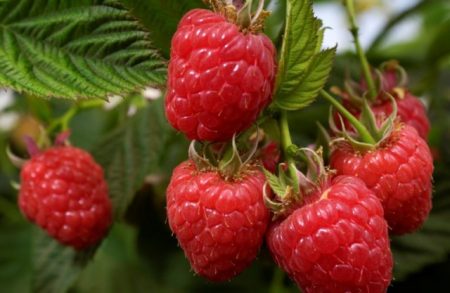 Raspberry Zhuravlik is still not very common among gardeners. It is strange, because the variety is characterized by productivity, winter hardiness, good survival rate and other positive qualities. Basically, such varieties of berries can be found in all nurseries and specialized stores. We will correct the situation and tell as much as possible about this repairing variety; you may like it to your liking.
Raspberry Zhuravlik is still not very common among gardeners. It is strange, because the variety is characterized by productivity, winter hardiness, good survival rate and other positive qualities. Basically, such varieties of berries can be found in all nurseries and specialized stores. We will correct the situation and tell as much as possible about this repairing variety; you may like it to your liking.
Content
Description of raspberries Zhuravlik
It is likely that the variety does not occupy the first positions in the list of the most popular due to the fact that it appeared not so long ago. This raspberry was obtained at the Kokinsky stronghold of the GNU VSTISP by crossing such varieties as Kostinbrodskaya and Bulgarian Rubin.
Raspberry Zhuravlik was included in the State Register of Russia in 2001. It is zoned in the Middle Volga and North Caucasus regions. The originator also recommends the variety to be tested in the Central region. When landing in cities with more frosty winters, you should take care of shelter.
The ripening period is early or medium early, the variety bears fruit until the first significant frosts. It is resistant to low temperatures and raspberry mites, and also has medium immunity to various fungal diseases.
Characteristics of the bush and berries
The bush is medium in height, usually not higher than 2 meters, compact with medium shoot formation (6-7 shoots per bush). The stems are straight, thickened, there are few thorns. Young shoots are purple with a slight waxy coating, biennial branches are light brown. The leaves are large, dark green, medium-wrinkled, slightly twisted. The pubescence is weakly expressed, small denticles are clearly visible along the edge.
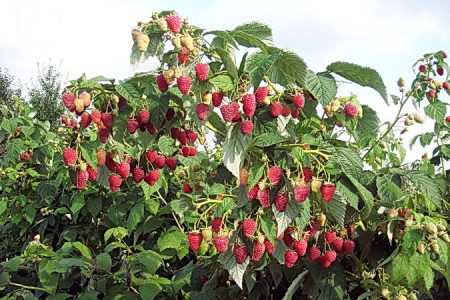
Universal berries, reddish-ruby with a slight pubescence in shape, they are dull-toned weighing up to 3.5 grams. The pulp is juicy, pleasant and very tender, sweet and sour. Gardeners who have tried the variety rate their taste in 4, 7 out of 5. Ripe berries do not fall, they hold tight to the stem. The seeds are small.
The average yield from one bush is about 2 kilograms (about 20 centners per hectare of land).
Positive qualities and disadvantages of the variety
Before moving on to the list of merits, it is worth noting that the variety has no shortcomings. There are very minor disadvantages and there are very few of them, and they are extremely rare. Now select all the best sides of raspberries Zhuravlik:
- long fruiting period;
- comfortable bush habit;
- unpretentiousness;
- the berries are tasty, they are good both in fresh form and in various processing;
- keeping up and portability;
- unpretentiousness;
- productivity;
- good immunity to diseases, pests and frosts.
Raspberry Zhuravlik is more suitable for cultivation in small garden areas. For large areas, and even more so for industrial enterprises, super-yielding varieties and hybrids are usually selected.
Growing Features
Young seedlings are planted in the second half of September or until mid-April. The variety gives the best results when grown on enriched loam and sandy loam. The increased acidity of the soil is detrimental to raspberries. A sunny area is allocated to the plant without the slightest shadow and strong winds.
Land for raspberries is prepared long before planting. It is necessary to dig the soil, loosen and fertilize. At the initial stage, organics are used.Bushes are carefully examined before planting; all painful plants and those with a weak root should be sorted. If a significant part of the planting material has a dried rhizome, before sending to the hole the lower part of the bush is advised to lower it into a mixture of water, clay and humus.
If the soil in the selected area is dry, raspberries are planted in deepened trenches, and with a high level of groundwater, bushes are placed on ridges or mounds. The stem can not be deepened, the root neck should remain at the level of the soil surface. The distance between the seedlings is 50 cm, the row spacing is about 2 meters. Under the condition of planting 2 bushes per hole, the aisles are narrowed to one and a half meters.
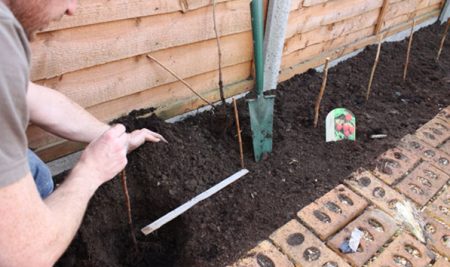
Breeding
The variety can be propagated by root offspring, cuttings and division of the bush. All methods are very simple, they are even for beginners. Cuttings are carried out in autumn, stalk segments (10 cm each) are planted in prepared beds and watered abundantly, young shoots grow in spring.
Repairing raspberries form little overgrowths, mainly processes appear in bushes older than 4 years. In the spring they are dug up and planted on a temporary site for rooting, then moved to a permanent place.
How to care for a variety of raspberries Zhuravlik
Mulching is carried out in early spring, as well as immediately after planting. The procedure helps to retain moisture in the soil, protects the earth from erosion and serves as a prophylaxis for some pests and weeds. Mulching solves several issues at once, the need for loosening and weeding disappears, and the integrity of the root system is preserved.
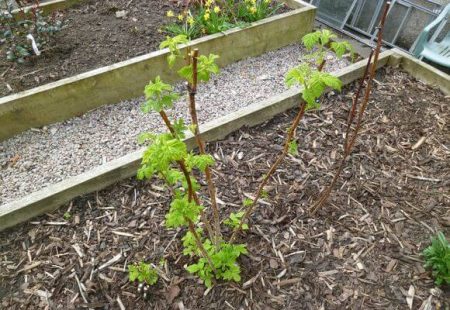
What can be used as mulch:
- husk of seeds;
- nutshell;
- peat crumb;
- compost;
- chopped straw;
- crushed bark;
- rotted sawdust and shavings;
- straw manure;
- humus.
To compensate for the lack of nitrogen in the soil, mulch can be treated with urea. The ground on raspberries is often covered with a special black film. Caution should be given to hosts with heavy soils with poor drainage. In this case, the soil should be left naked and more often loosened and it is advisable to add a little sand.
Raspberry Crane requires garter, you can use any convenient method. The intensity of irrigation depends on the weather. Usually raspberries are watered abundantly once a week, more often in the heat, and during the rainy seasons there is no need for additional moisture. Watering is especially important before the flowering period, when setting berries and during filling.
Fertilizing is carried out in early spring when buds open, 2 weeks before and during flowering, during fruiting, and also in autumn, after the last harvest. In the spring, nitrogen fertilizers are used, and then organics and mineral complexes.
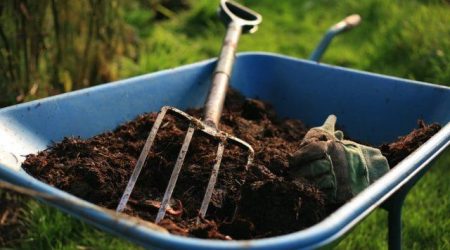
Pruning and preparing for winter
In the case of remont raspberries in the fall, they completely prune the shoots (under the root). But some gardeners practice another way - they remove only half of the stem. The first option significantly reduces the risk of diseases and pests; insect larvae and fungal spores hibernate on shoots.
Particularly complete cutting is good for cool regions, the procedure greatly simplifies the process of preparing raspberries for winter. As a covering material, lapnik, straw or hay is used, before you fill up the bushes they need to be spudded. In the cities with the coldest winters, the beds are additionally covered with agrofibre.
Disease and Pest Prevention
Subject to agricultural technology, the Zhuravlik variety is practically not sick. For gardeners who can not often go to the cottage, it is advisable to carry out treatments with various protective preparations in the spring and autumn.The risk of fungal diseases increases during prolonged rainy periods, therefore, raspberries regularly weed and loosen the soil, and the bushes are tied up without fail.
If traces of various viruses are observed on some plants, they are removed from the beds, such ailments cannot be treated. Prevention of dangerous diseases will be the use of high-quality planting material and regular processing of garden tools in disinfectants.
Raspberry Zhuravlik will certainly receive recognition - a matter of time. Be sure to try this variety, it will not disappoint you. You will see, after the first years of cultivation, you will begin to recommend it to all your friends!
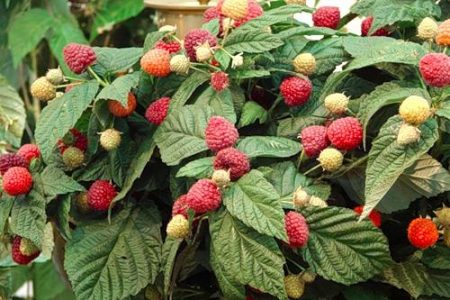
Reviews
Ilya. In 2002, he was at the exhibition of achievements of the Kokinskaya experimental station, immediately acquired several bushes of raspberries Zhuravlik. Fell in love with her from the first year of growing - she is unpretentious, tasty, not sick and has a good winter. In the second year I started breeding varieties, now I have a large raspberry, which pleases with fresh berries until late autumn. I will continue to grow, I recommend it to everyone.
Irina. The plants are compact, it is very easy to pick berries, and when they ripen, they do not fall, they remain on the bushes for about 4 days. I live in the Leningrad Region, I cover the raspberry for the winter with a small layer of straw, Zhuravlik tolerates frosts well. I cut off the bushes completely, in the spring they grow very quickly. Tasty variety, gives good yields of berries that are universal in use. I bought seedlings at a high price and have never regretted such an acquisition.


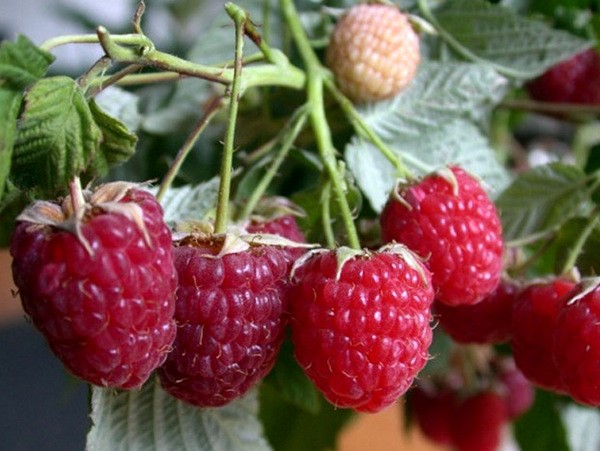
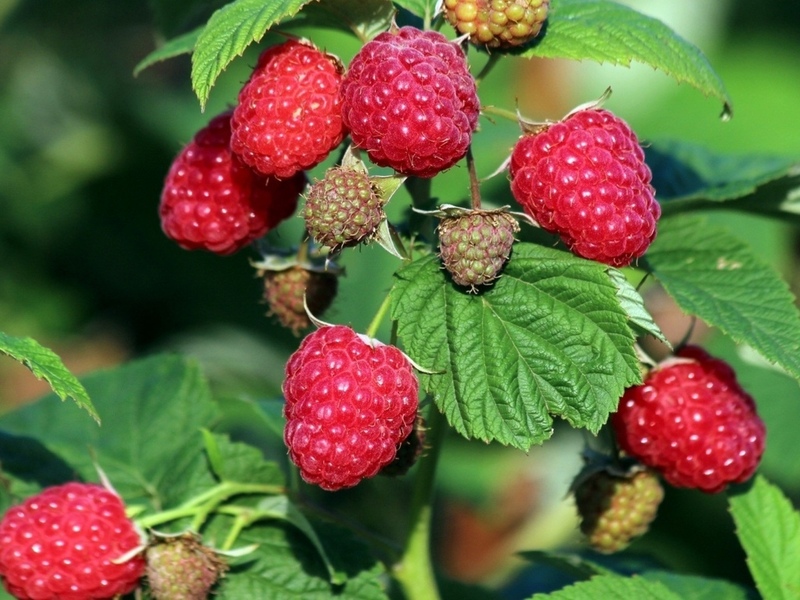
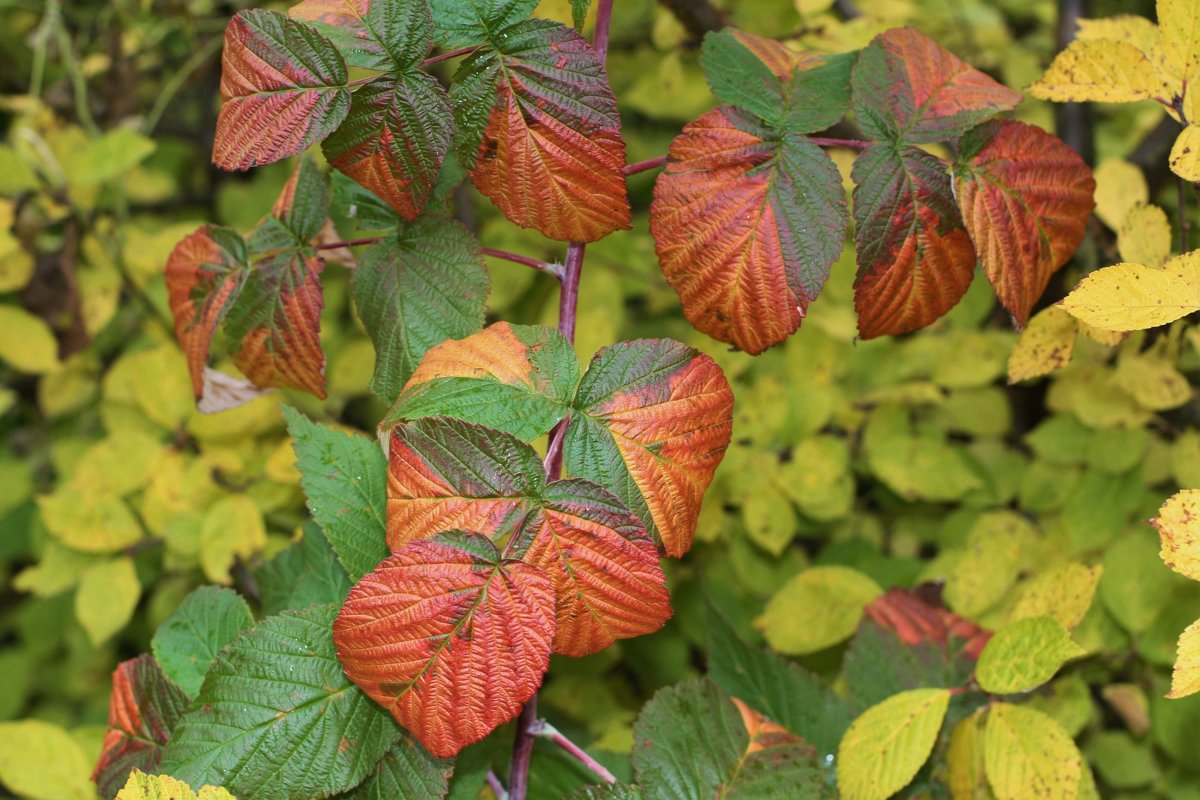 Black raspberries in autumn: care and preparation for winter shelter, pruning
Black raspberries in autumn: care and preparation for winter shelter, pruning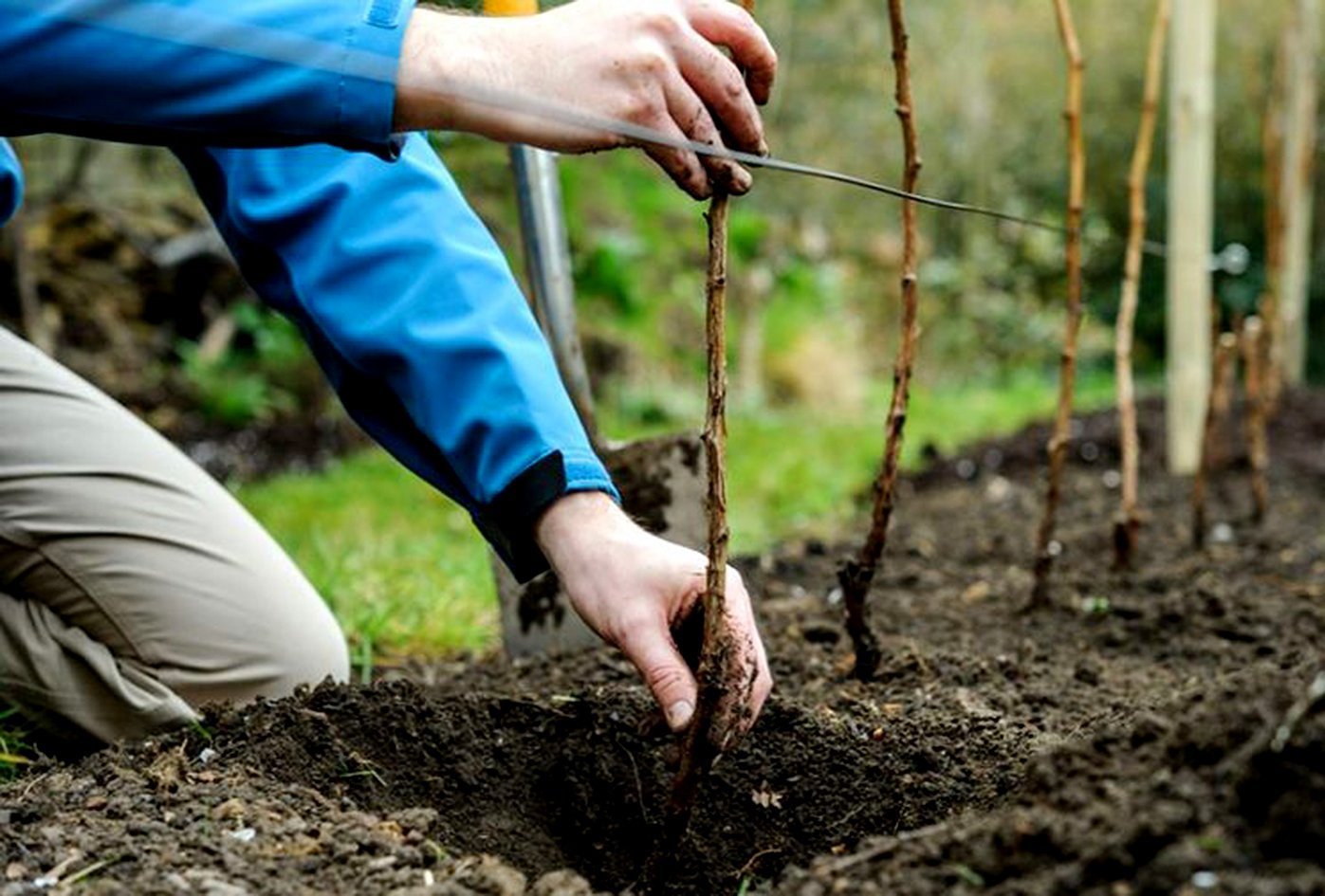 Features planting raspberries in the fall and care for it
Features planting raspberries in the fall and care for it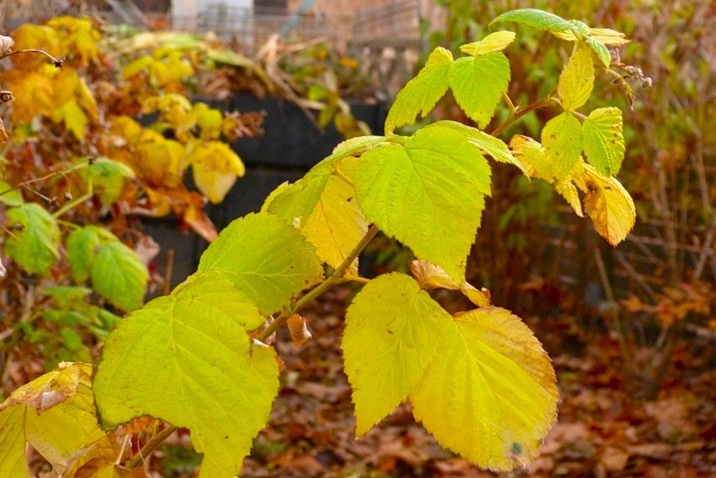 Proper care for raspberries in the fall and its preparation for winter
Proper care for raspberries in the fall and its preparation for winter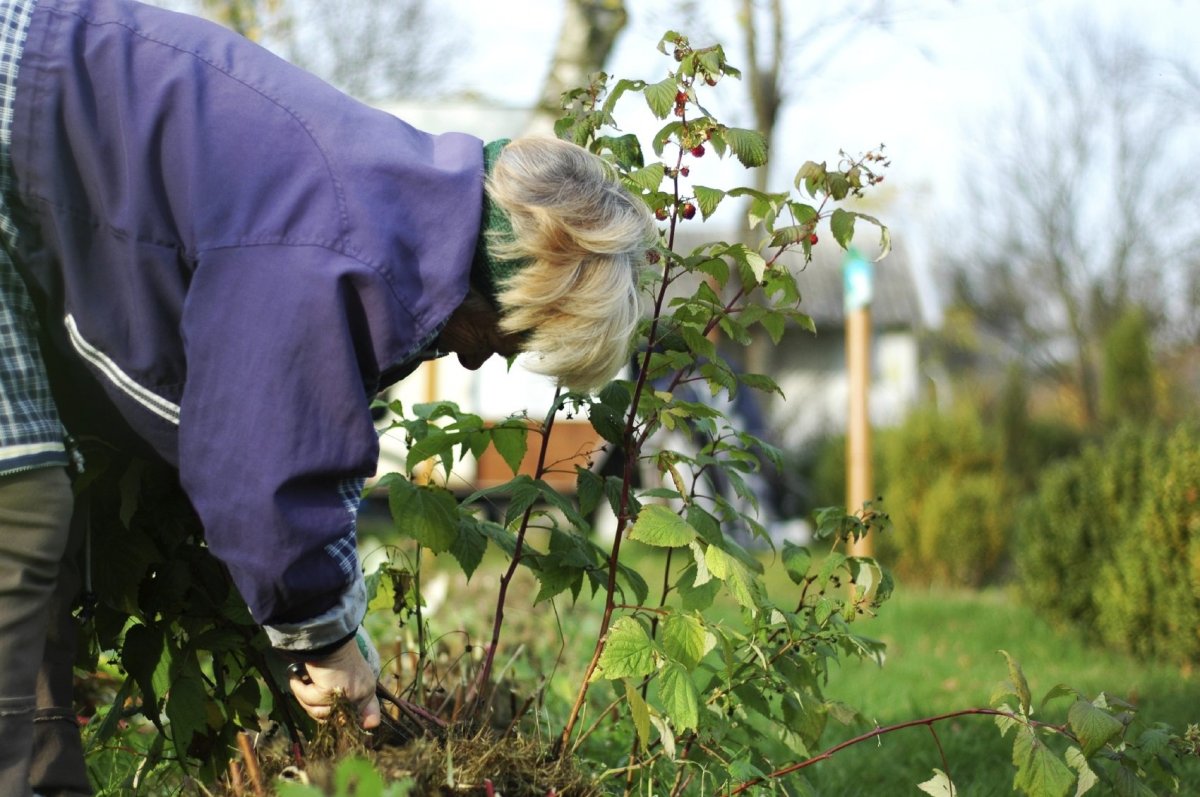 Care for maintenance raspberries in autumn: pruning and top dressing
Care for maintenance raspberries in autumn: pruning and top dressing